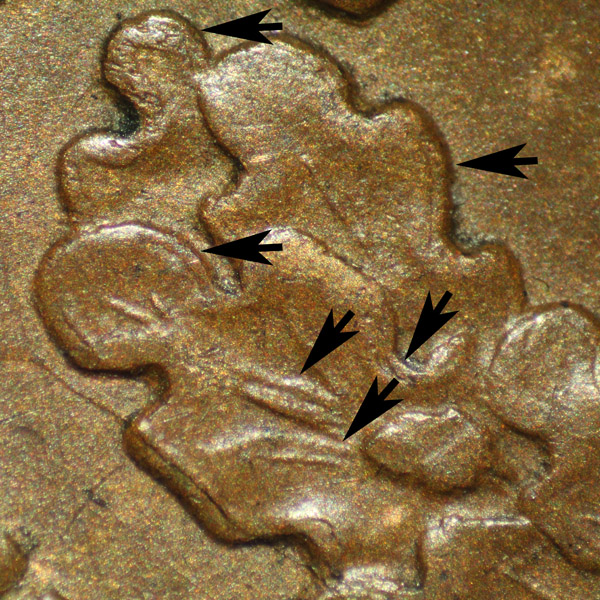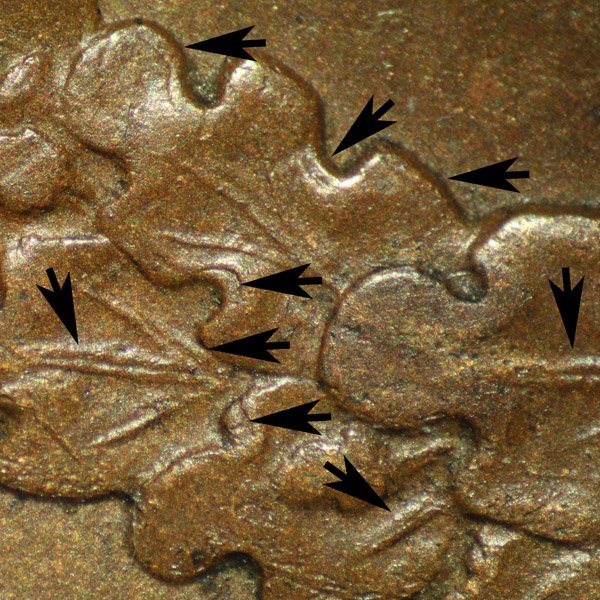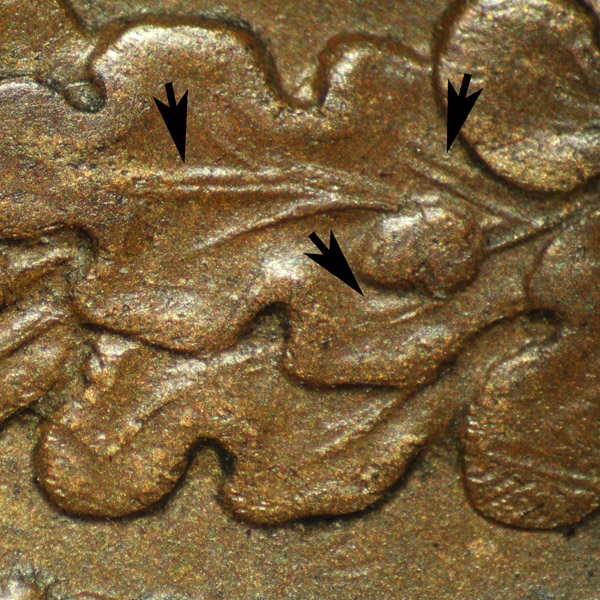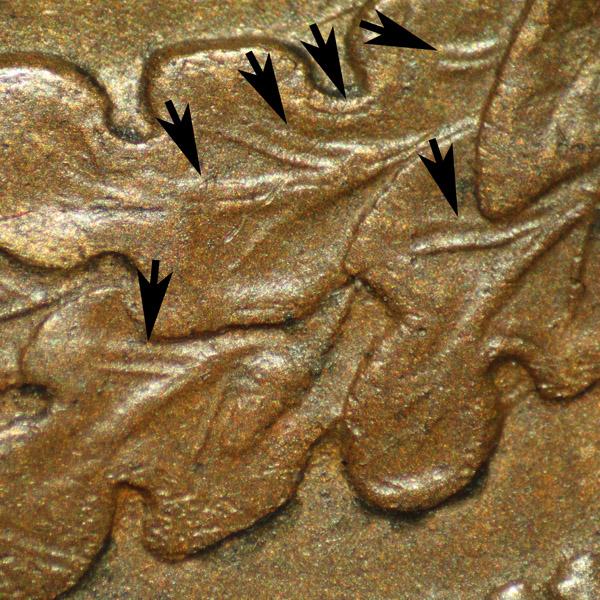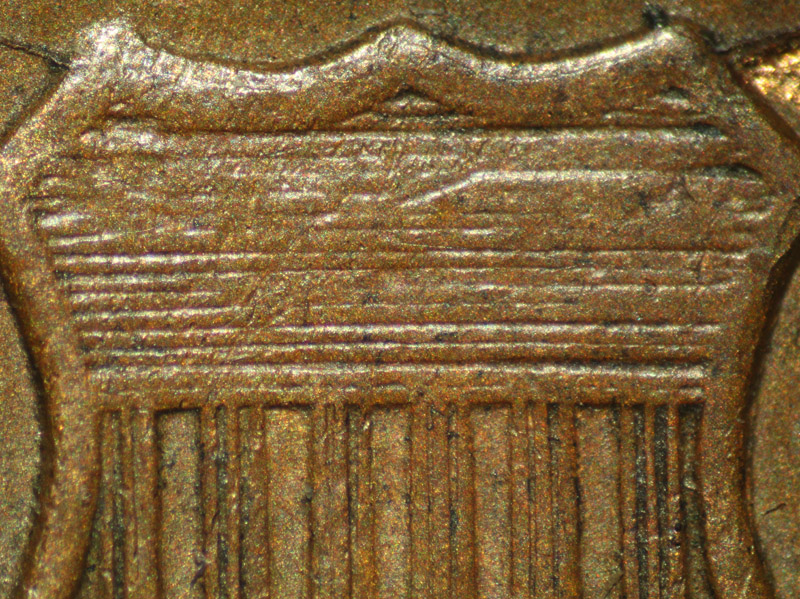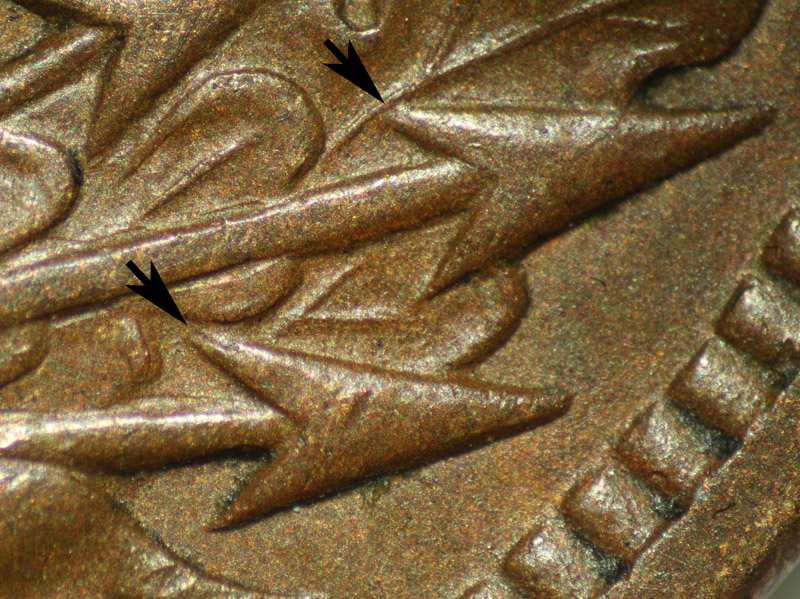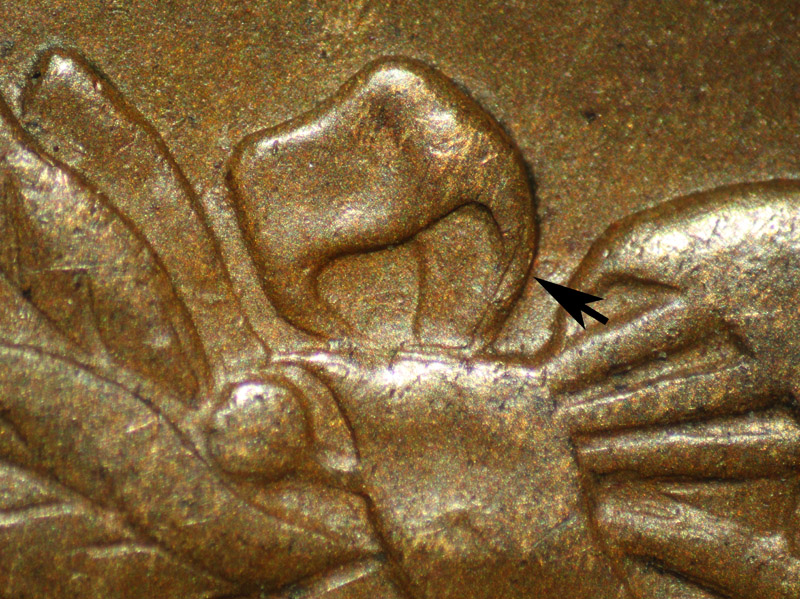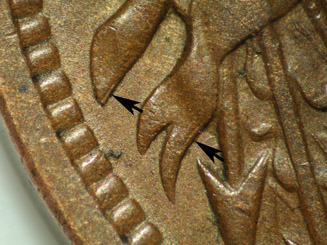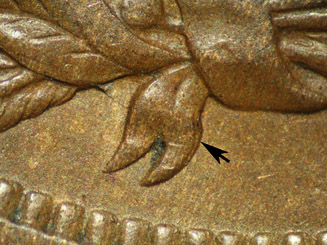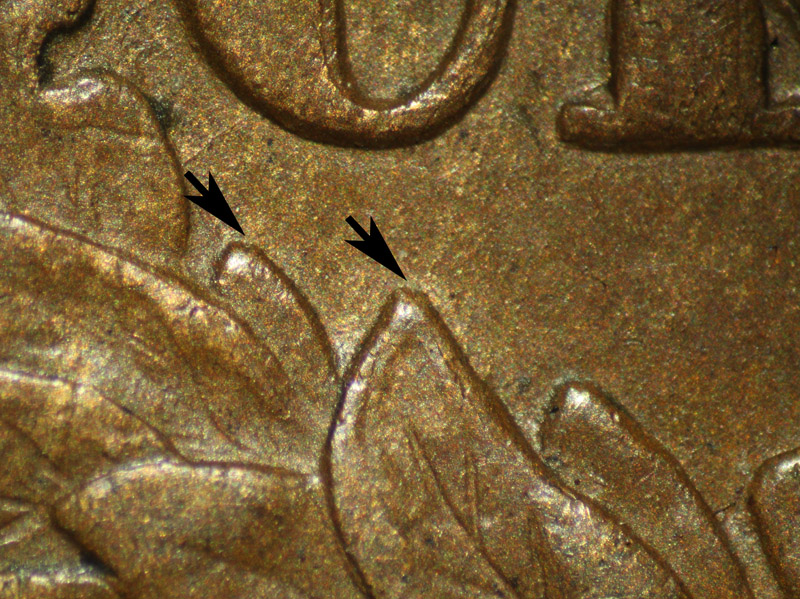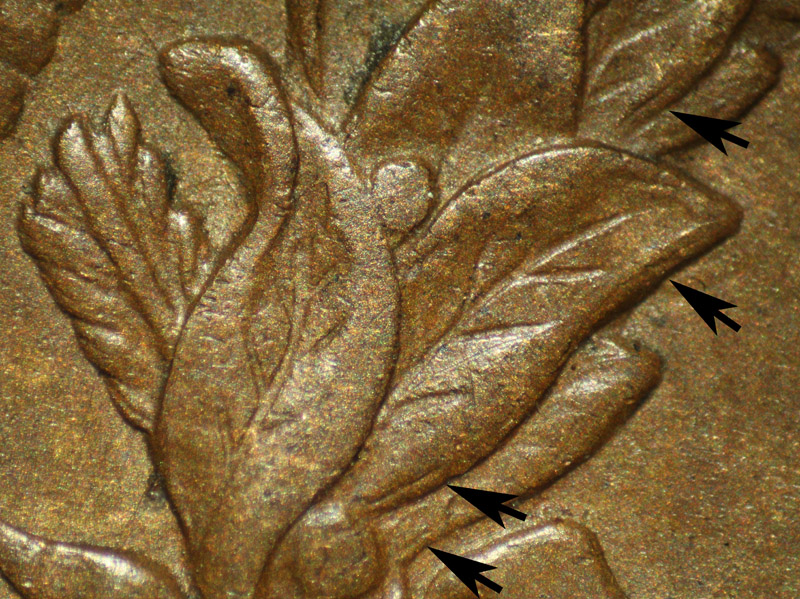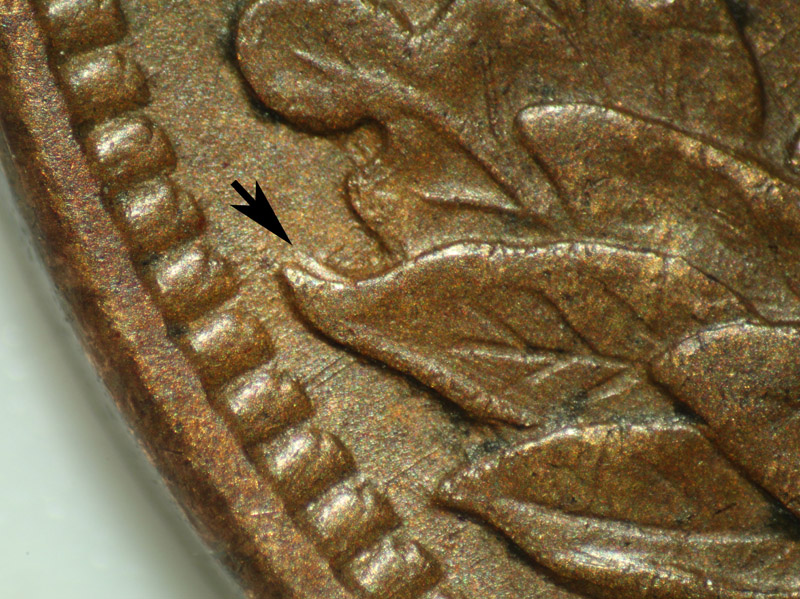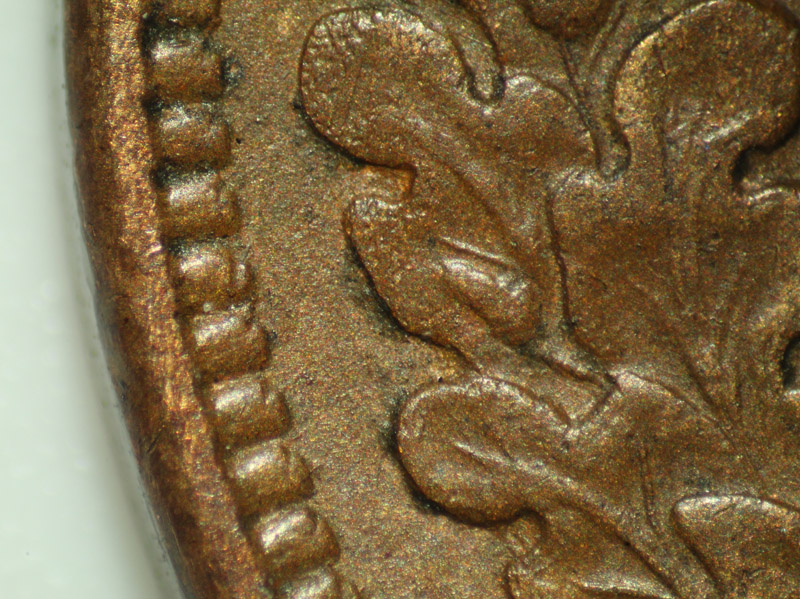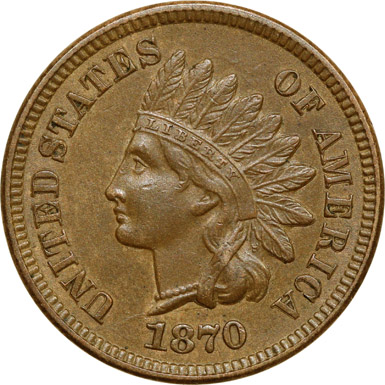 |
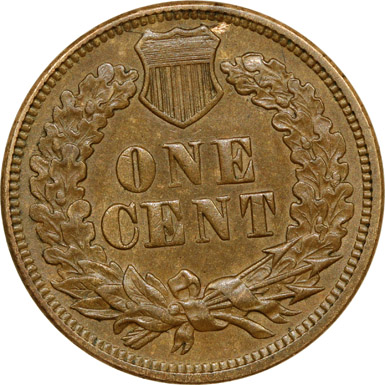 |
Obverse 9 |
Type I Reverse G |
Obverse Diagnostics
| Macro Photography Of Obverse 9 Date Position and Hub Doubling Of 'LIBER(TY)' | |
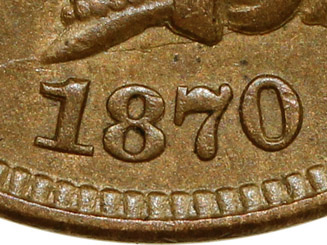 Date Position |
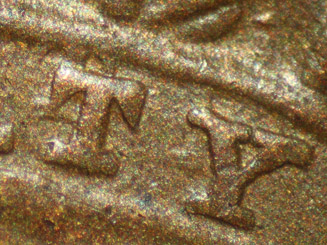 Hub Doubling of 'LIBER(TY)' |
| Macro Photography Of Obverse 9 Repunched Digits | ||
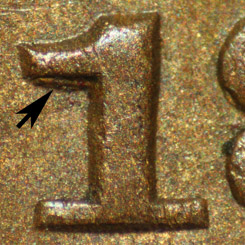 1 |
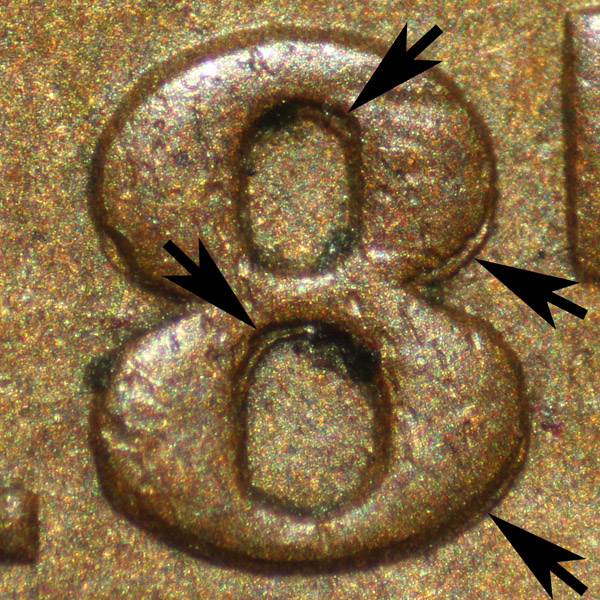 8 (Click Image To Enlarge) |
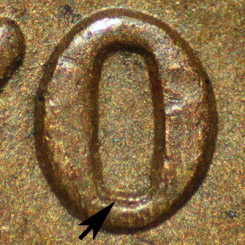 0 |
| Macro Photography Of Obverse 9 Clash Marks | |
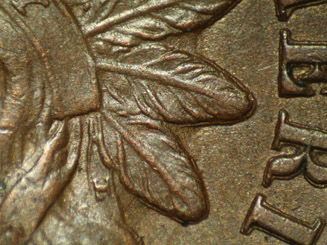 Clash Marks Between Feathers 7, 8 and 9 |
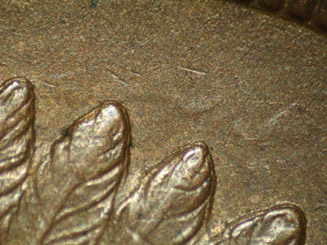 Clash Marks Above Feathers 1, 2, 3 and 4 |
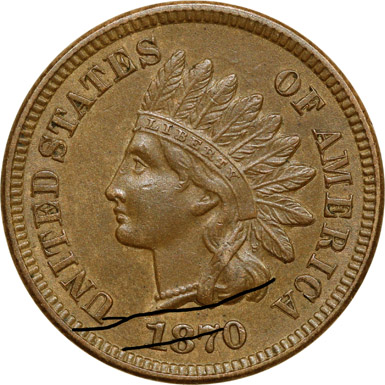
Obverse 9 Die Crack Mapping
Reverse Diagnostics
| Macro Photography Of Type I Reverse G Hub Doubling Of 'ONE' | ||
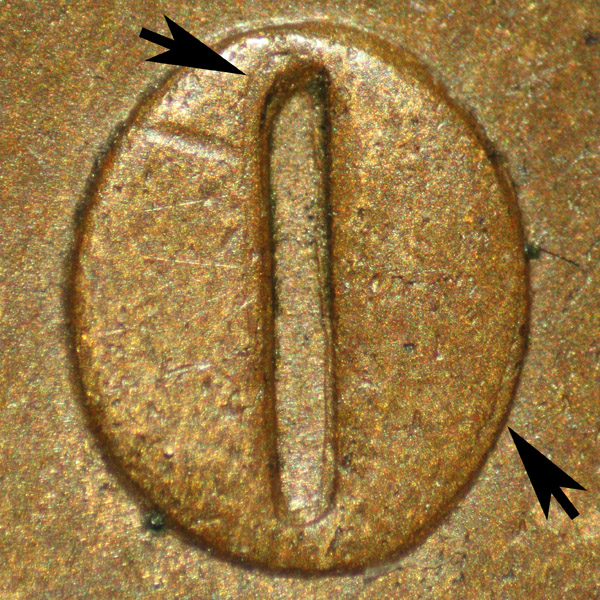 O (Click Image To Enlarge) |
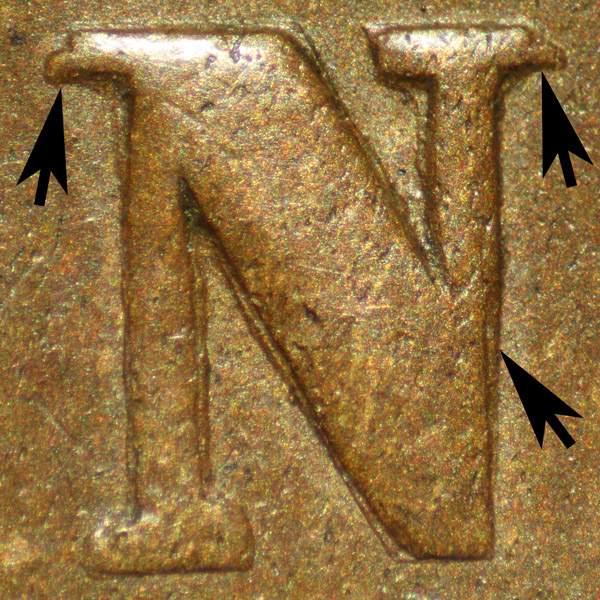 N (Click Image To Enlarge) |
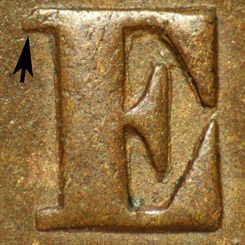 E |
| Macro Photography Of Type I Reverse G Hub Doubling Of '(CEN)T' | ||
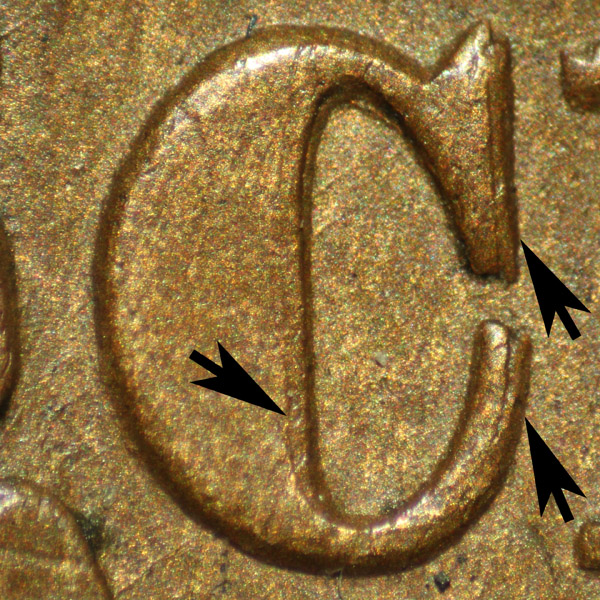 C (Click Image To Enlarge) |
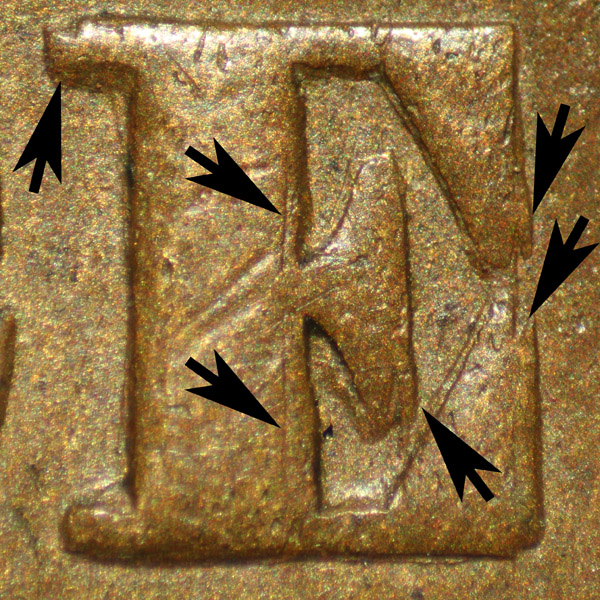 E (Click Image To Enlarge) |
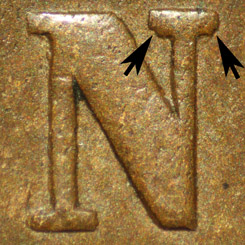 N |
| Macro Photography Of Type I Reverse G Hub Doubling Within Right Wreath | ||
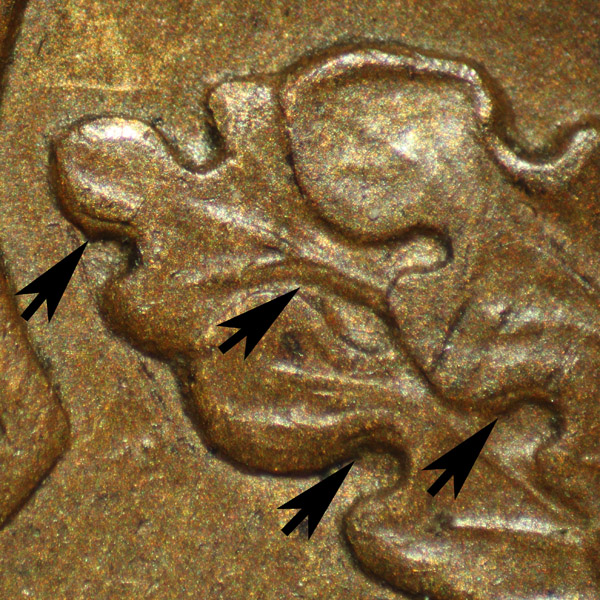 Upper (Click Image To Enlarge) |
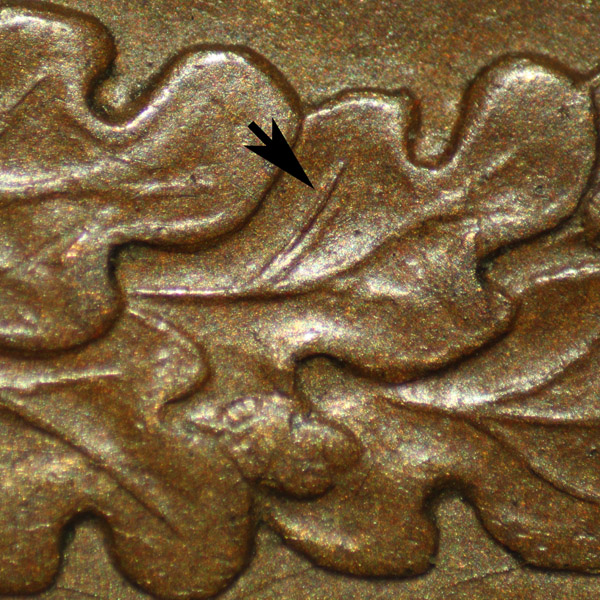 Mid (Click Image To Enlarge) |
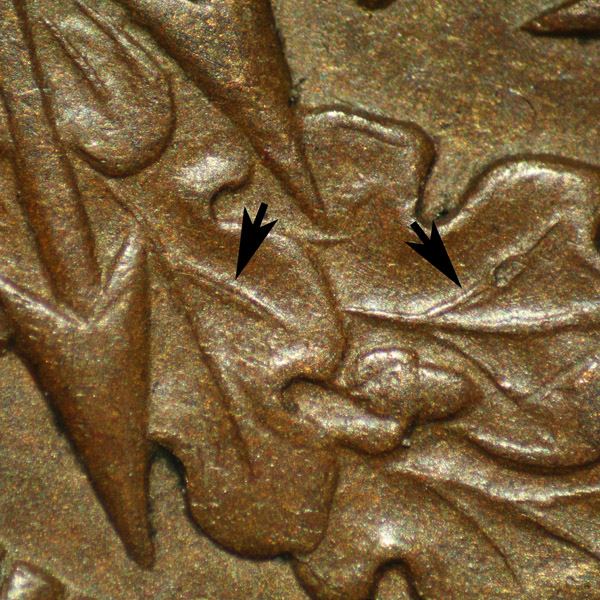 Lower (Click Image To Enlarge) |
| Macro Photography Of Type I Reverse G Clash Marks and Die Lines | ||
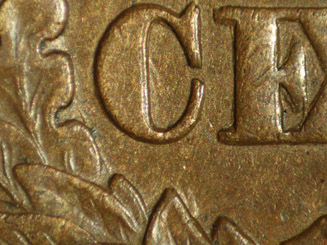 Clash Marks Through (C)ENT |
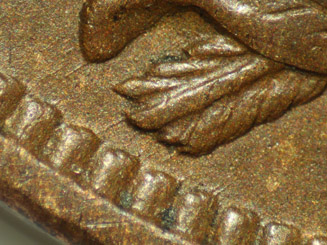 Die Lines By Arrow Quill |
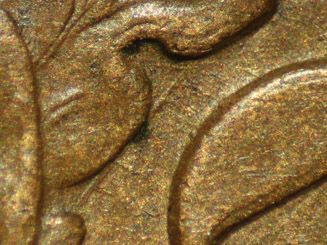 Die Line Between Wreath and (C)ENT |
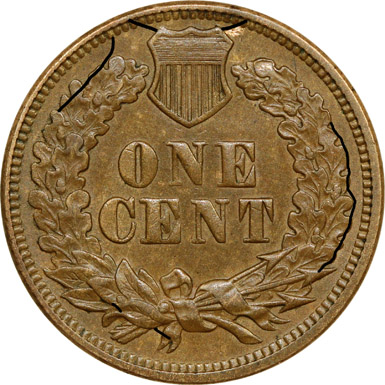
Type I Reverse G Die Crack Mapping
